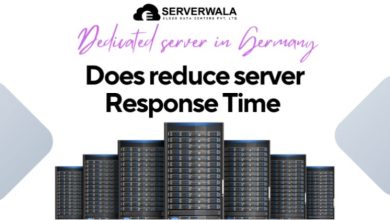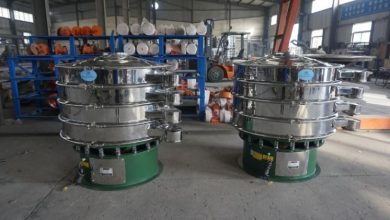
As the realm of data science continues to expand, professionals in the field are required to be proficient in a variety of programming languages to navigate the complexities of data manipulation, analysis, and visualization. Whether you’re embarking on a Data Science course in Bangalore or any other location, understanding the languages integral to data science is crucial. In this article, we’ll explore a curated list of programming languages commonly used in data science and how mastering them can enhance your capabilities in this dynamic field.
1. Python:
Widely regarded as the Swiss army knife of data science, Python has become the go-to language for data scientists and analysts. Its readability, extensive libraries, and versatility make it a favorite among professionals. With libraries like NumPy, pandas, and scikit-learn, Python facilitates tasks such as data cleaning, statistical analysis, and machine learning. Whether you’re pursuing a Data Science course in Hyderabad, or any city, Python is likely to be a foundational component of your curriculum.
2. SQL:
Structured Query Language (SQL) is a fundamental language for managing and manipulating databases. Proficiency in SQL is essential for extracting, transforming, and loading (ETL) data from various sources. Whether you’re enrolling in a Data Science course in Pune, understanding SQL is crucial for effective database management and querying, enabling you to access and analyze structured data efficiently.
3. R:
R is another language specifically designed for statistical computing and data analysis. Popular among statisticians and researchers, R provides a rich set of packages for data manipulation and visualization. Its statistical libraries make it an excellent choice for tasks such as regression analysis and hypothesis testing. Data science courses often include R to ensure that professionals have a well-rounded skill set for tackling diverse analytical challenges.
4. Java:
Java’s versatility extends beyond traditional software development into the realm of big data and distributed computing. Apache Hadoop, a popular framework for distributed storage and processing of large data sets, is implemented in Java. While not the primary language for data analysis, Java’s role in big data ecosystems makes it valuable for professionals working on large-scale data processing projects.
5. Julia:
Julia is a relative newcomer to the data science scene but has quickly gained popularity for its performance-oriented design. Known for its speed in numerical and scientific computing, Julia is particularly well-suited for tasks that demand high-performance computing capabilities. While it may not be as widespread as Python or R, Julia’s growing community and efficiency make it a language worth exploring for certain data science applications.
6. Scala:
Scala is often associated with Apache Spark, a powerful distributed computing framework. Scala’s concise syntax and compatibility with Java libraries make it an attractive choice for building scalable and efficient data processing pipelines. Proficiency in Scala can be advantageous for data scientists working on projects that involve large-scale data processing and analysis.
7. MATLAB:
MATLAB is widely used in academia and industry for numerical computing and data analysis. Its rich set of toolboxes provides functionality for various mathematical and statistical tasks. MATLAB is particularly popular in fields like engineering, where complex mathematical models and simulations are common. While not as prevalent as Python or R in the broader data science community, MATLAB remains a valuable tool in specific domains.
Conclusion:
In the diverse landscape of data science, proficiency in multiple programming languages is an asset. Whether you’re pursuing a Data Science course, the languages mentioned above are likely to be part of your learning journey. The ability to leverage the strengths of each language based on the specific demands of a project is a hallmark of a skilled data scientist. As you navigate the multilingual odyssey of data science, consider honing your skills in Python, R, SQL, and other languages to equip yourself for the exciting challenges that lie ahead in this dynamic and rapidly evolving field.




